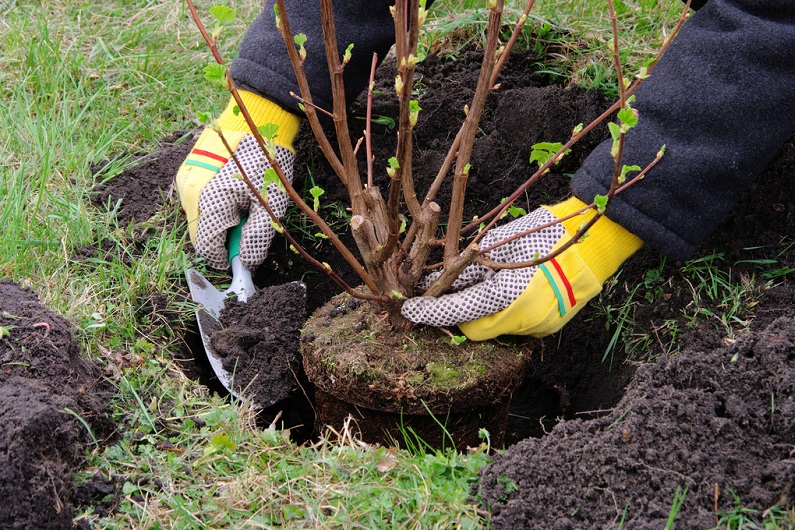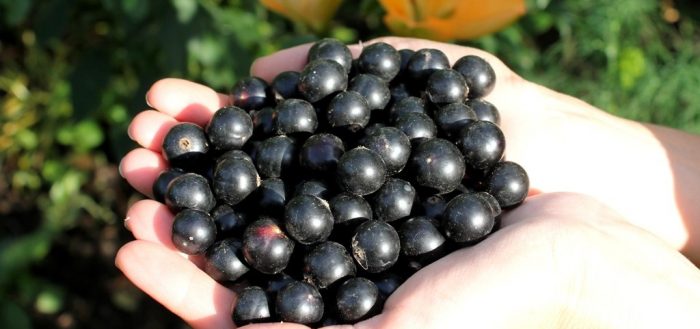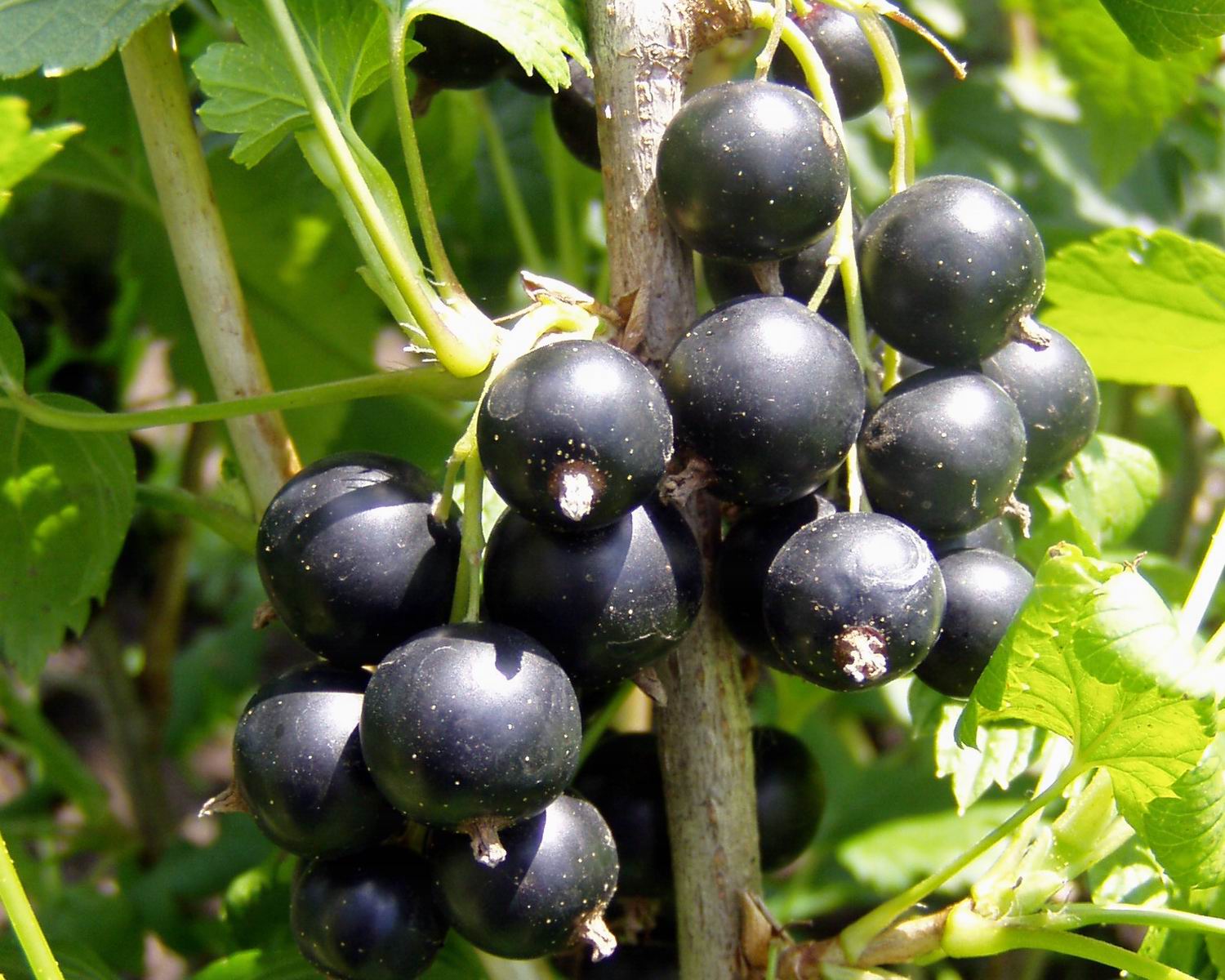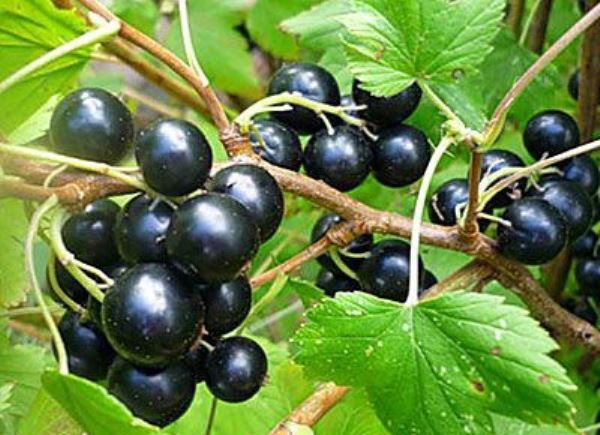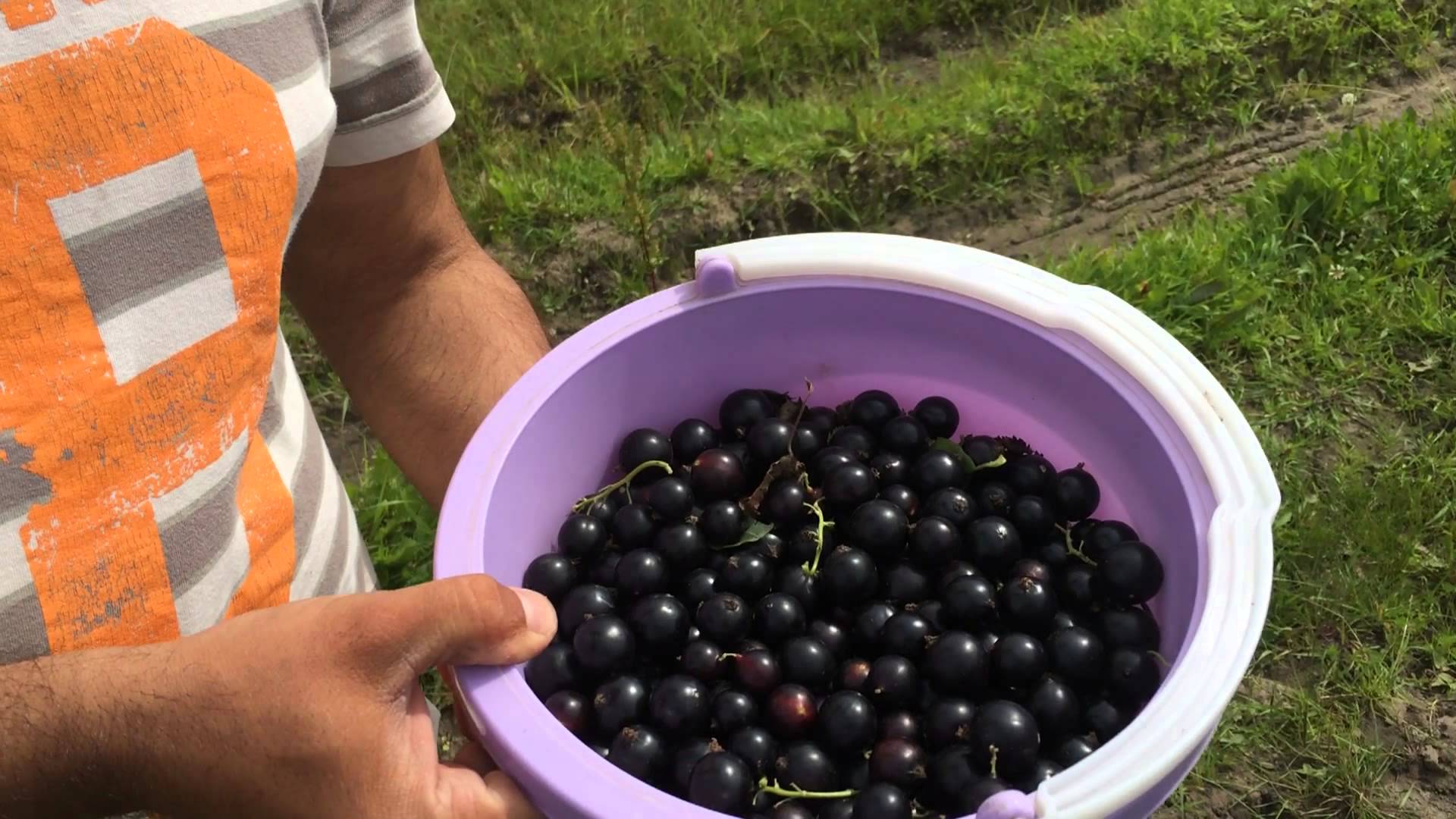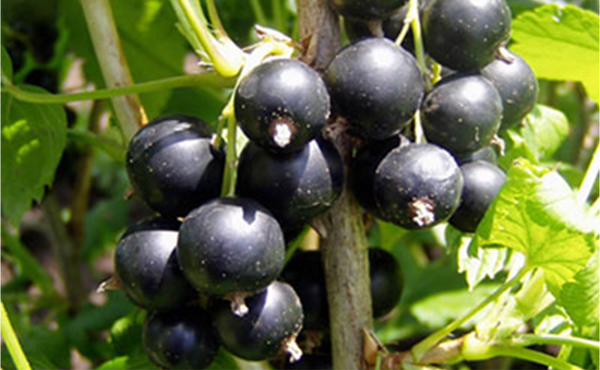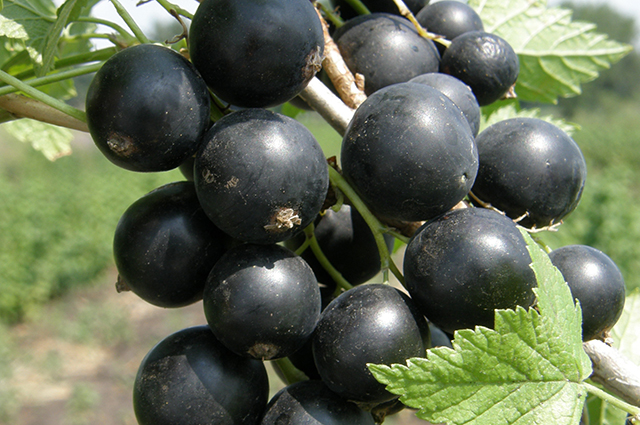Content:
Blackcurrant Lazybear is a variety bred by Russian breeders that is even more suitable for private gardening than industrial. Obtained by crossing the varieties "Minaj Shmyrev" and "Bredthorpe". The resulting variety is frost hardy and produces a sweet, aromatic berry. It is included in the State Register of varieties approved for use since 1995. Suitable for cultivation in the North-West, Central, Volgo-Vyatka and Ural regions. Marked by gardeners as an excellent variety of sweet currant.
Variety characteristics
Black currant Lazy - a dessert variety, a powerful bush, vigorous, reaches 180 cm in height, falls apart a little. The shoots are strong, smooth. The flowers are medium, bell-shaped. The variety is late, the berries ripen in August, over several periods. The berries are large, without sourness, have a pleasant sweet taste, brown-black color, with a moderately thin skin. 8-9 berries of different sizes grow on a brush, with a tendency to decrease towards the end of the brush. Average berry weighing 3.2 g. Yield characteristics - 3.9 kg per bush. It is capable of self-pollination by 45%, with the possibility of cross-pollination with other varieties, the yield and quality of berries increases. Long fruiting period of the bush - under favorable conditions, about 20 years. Culture care is not difficult.
Landing features
It is most favorable to choose a permanent place for currants, because when transplanted for several years, its yield is lost. The place prefers high, bright, with the possibility of shading during the day. The scorching rays of the sun all day long are not suitable for a moisture-loving culture. For high yields, the bush requires significant space: 2 m between adjacent bushes and 1.5 meters from a hedge or fence. Black currants are grown away from red and white. Trees nearby will also not make good neighbors because they can supply additional pests.
Ready-made seedlings are purchased from specialized gardeners. A varietal bush included in the State Register is provided with a certificate of its varietal qualities. The seedling should be healthy, without damage, about 50 cm high from the base, with two or three shoots, 20 cm long roots.
When transporting a seedling, they try not to dry out its root system, and if this happens, before planting, the roots are soaked in water for up to a day. The yield directly depends on the quality of the root system. The root system of the culture is fibrous, which means the absence of one main root in the presence of many adventitious roots located in the ground close to the surface. This should be taken into account in the agricultural practices of the culture: loosen with care, protect the roots from drying out by mulching, and you can sprinkle fertilizers right over the trunk circle.
It is recommended to prepare the planting hole before planting so that it does not become infested with pests. The culture does not grow well in acidic soils, liming is used for deoxidation, but it is better to do this in advance in the previous season. Planting is possible both in spring and autumn. But autumn planting is preferable, at the end of September or 3-4 weeks before the first frost. In spring, currants wake up earlier than everyone else, and the period for planting new seedlings is short, it is produced as soon as the soil allows, but before bud break.The crop appears 2 years after planting. For a spreading bush, a fence should be installed.
Care features
In the description of the lazy currant, the culture is declared to be unpretentious, but with proper care, it shows a higher yield. This requires monitoring soil moisture, but not overflowing the crop. 10 liters of water is poured under the bush, carefully not eroding the soil, 5-8 times per season. Mulch without using sawdust or coniferous substrates.
When fertilizing during planting, in the amount of 200 g of superphosphate and 50 g of potassium salt per bush, further fertilizing will be required only after 3 years. Currants are demanding for the presence of phosphorus and potassium trace elements. Chlorine and nitrogen fertilizers are carefully applied, especially during the growing season.
In early spring, before bud break, it is necessary to carry out preventive examinations and pruning. Berries appear on the shoots for 2-3 years, the old branches bear little fruit, and they take a lot of strength from the plant. Black currant is characterized by the fact that without pruning, the berries go further and further to the periphery of the branches, so thickening, low-quality shoots must be removed. Suspicious, extra branches and leaves should be pruned throughout the season.
Pests and diseases
The currant bush is resistant to dangerous diseases such as anthracnose, moderately resistant to powdery mildew, has a weak kidney mite lesion, slightly increasing in the old bush.
The fight against other, less dangerous pests can be carried out with the use of biological products, spraying with infusions of such plants as marigolds, mustard, and onion peels.
Advantages and disadvantages of the variety
The advantages of the variety are the sweet dessert taste of berries, disease resistance and high frost resistance up to -340C. The versatility and safety of yielding properties for several decades is also marked by the positive quality of the variety. Lazy currant is called from the fact that the ripening of berries begins later than the early and mid-ripening varieties, which turns out to be an advantage when the fruits can be eaten at the end of summer.
Minor disadvantages include uneven ripening and uneven size of berries. Low transportability of fruits, due to the significant softness of the pulp and medium thinness of the peel.

